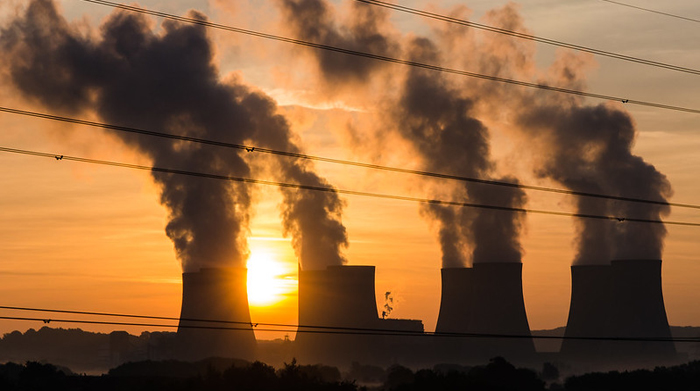California to Increase Reliance on Fossil Fuels to Mitigate Outages

Image courtesy of Gerry Machen under CC BY-ND 2.0 generic license, resized to 700 x 391 pixels.
In a cruel twist of fate, it looks like California will be forced to increase its reliance on power generated from fossil fuels in response to skyrocketing summertime temperatures across the state and the region. It’s interesting, because the move flies in the face of California’s longer-term goal to become a leading state for renewable energy. However, as you may have heard, desperate times call for desperate measures.
Why Increased Consumption of Fossil Fuels is in California’s Future
The issue really comes down to climate change. The heat index in California is so high that reliability could be compromised. In fact, state officials estimate that the supply shortfall on the hottest days could be equivalent to the amount of electricity it takes to power 1.3 million homes!
As such, Gov. Newsom put forth an energy proposal that relies on purchasing power from fossil-fuel plants during periods of extreme heat to avoid planned blackouts.
California gets most of its energy from renewable sources during the daytime hours, but there is no storage infrastructure in place to make this energy available at night. By leveraging power generated from fossil fuels, the state will be better equipped to meet high periods of demand when the sun goes down.
It’s a conundrum that other states are experiencing as well – the balance between meeting short-term demand while also building for a renewable future. Gov. Newsom’s proposal toes the line by authorizing bulk power purchases to meet short term demand, while also accelerating the development of clean energy sources by easing permitting requirements.
In the final analysis, I find it somewhat ironic that California is looking like it will be forced to fall back onto utilizing fossil fuels. But it’s also depressing, because utilities’ ability to minimize outages and maximize reliability is becoming more and more challenging every single year. It’s yet another reason why utility companies need to optimize their emergency preparedness efforts.



